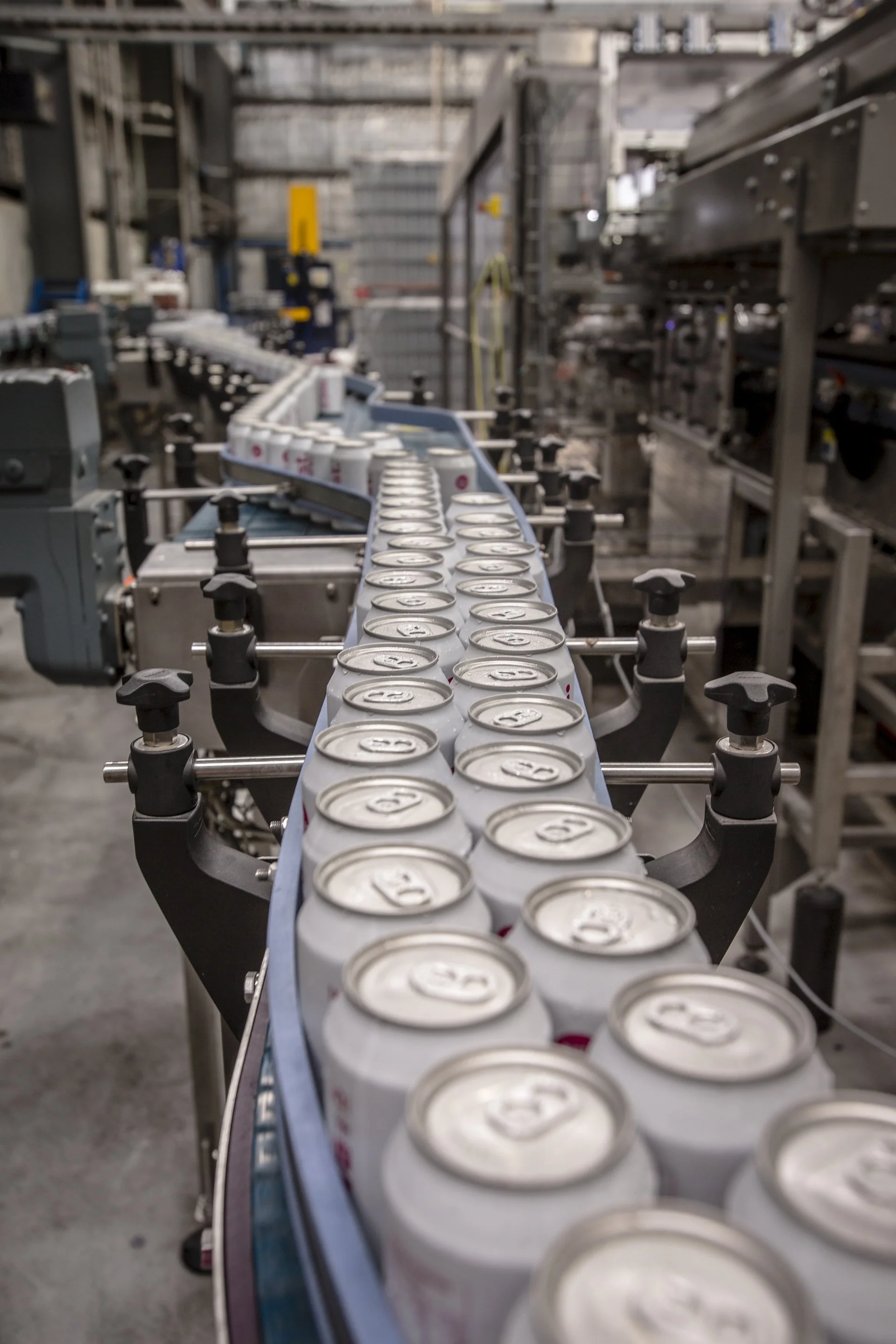The Evolution and Future of Beverage Canning Technology
From Concept to Can: Exploring Beverage Canning Technology
The Evolution and Future of Beverage Canning Technology
Beverage canning technology has come a long way since the first aluminum cans revolutionised the way drinks were packaged and consumed. Over the decades, innovation has played a crucial role in making the canning process more efficient, sustainable, and adaptable to the changing demands of consumers and businesses. This article explores the history of beverage canning, the technological advancements that continue to shape the industry, and what the future may hold for this essential packaging method.
A Brief History of Beverage Canning
The concept of canning beverages dates back to the early 19th century, but it wasn’t until the 1930s that beer became the first widely canned drink. In 1935, the Gottfried Krueger Brewing Company in the United States introduced the first commercially available canned beer, which used a steel can with a flat top that required a special opener.
By the 1960s, aluminium cans emerged, quickly replacing steel due to their lightweight nature, corrosion resistance, and recyclability. The introduction of the pull-tab in the 1960s and the stay-on tab in the 1970s made canned beverages more convenient for consumers, further fuelling their popularity.
Despite these changes, the core concept of beverage canning has remained largely the same: a durable, lightweight, and airtight container that preserves the quality and freshness of the drink inside.
Innovations in Beverage Canning Technology
In recent years, beverage canning has seen numerous technological advancements aimed at improving sustainability, efficiency, and consumer experience. Some of the most significant innovations include:
Lightweighting and Material Efficiency
Modern aluminium cans use significantly less material than their predecessors. Manufacturers have continuously refined production techniques to create thinner yet stronger cans, reducing raw material usage while maintaining durability. This not only lowers production costs but also lessens the environmental footprint.
High-Speed Filling and Seaming Machines
Advancements in automation and machinery have dramatically increased the speed at which beverages can be filled and sealed. Today’s high-speed canning lines can process thousands of cans per minute with extreme precision, ensuring minimal waste and improved efficiency.
Smart Canning Technology
The integration of smart sensors and artificial intelligence (AI) in canning lines allows for real-time monitoring of key parameters such as pressure, temperature, and fill levels. This reduces errors, prevents product loss, and improves overall quality control.
Coatings and Barrier Innovations
New advancements in internal can coatings help extend shelf life and maintain the integrity of beverages, particularly for acidic or specialty drinks. BPA-free linings and improved barrier technologies ensure that drinks remain untainted by packaging materials while meeting stringent health and safety regulations.
Sustainable Packaging Solutions
With growing concerns over environmental impact, manufacturers are exploring alternative materials and recycling-friendly designs. The development of plant-based coatings and fully recyclable can lids is just some of the steps being taken to make beverage canning more eco-friendly.
Craft Beer and Small-Scale Canning
The rise of craft breweries and independent beverage companies has driven innovation in small-scale canning solutions. Compact and mobile canning systems allow small producers to package their drinks without the need for large-scale industrial setups, making canning more accessible to niche markets.
How will technology impact the Beverage Canning Industry in the future?
As consumer preferences shift and sustainability becomes even more critical, the future of beverage canning technology is set to evolve in exciting ways. Here’s what we can expect in the coming years:
Fully Circular Recycling Systems
Efforts to create a truly closed-loop recycling system for aluminium cans are gaining traction worldwide. Companies are investing in more efficient collection, sorting, and reprocessing technologies to ensure that used cans are continuously repurposed with minimal waste.
Smart Packaging and Digital Printing
The future of beverage cans may include smart labels with QR codes or augmented reality features that provide consumers with interactive experiences. Digital printing technology is also expected to replace traditional labels, allowing for more flexible and sustainable branding options.
Alternative Can Materials
While aluminium remains the dominant material, research into biodegradable and bio-based alternatives is underway. Companies are experimenting with sustainable materials such as plant-derived polymers to create eco-friendly can linings and coatings.
Energy-Efficient Production
Reducing energy consumption in can production is a major focus for manufacturers. Innovations such as low-temperature can forming, solar-powered canning facilities, and advanced water-saving techniques will help make the canning industry more sustainable.
Personalisation and On-Demand Production
Advancements in digital manufacturing may allow for greater customisation in can design. Personalised beverage cans with unique graphics or limited-edition releases could become more common as printing and production technologies evolve.
Global Perspectives on Beverage Canning Technology
Across the world, different regions are implementing unique strategies to enhance beverage canning technology:
Europe: With strict sustainability regulations, European beverage companies are pioneering the use of recycled materials and pushing for carbon-neutral can production facilities.
United States: The U.S. craft beer industry has driven innovation in small-batch canning technology, leading to greater accessibility for independent brewers.
Asia: Countries like Japan and South Korea are incorporating high-tech automation and AI-driven quality control into their canning lines, ensuring maximum efficiency.
Australia: Local beverage companies including IDL are investing in sustainable packaging initiatives, including the use of return-and-recycle programs to enhance circular economy efforts.
Conclusion
Beverage canning technology has made remarkable strides from its early days of steel cans to today’s lightweight, high-tech, and environmentally conscious packaging solutions. Innovations in material science, automation, and sustainability are paving the way for a more efficient and eco-friendly industry.
As new advancements continue to emerge, the future of beverage canning looks promising, offering both businesses and consumers improved options that are not only convenient but also better for the planet. Whether through smart packaging, enhanced recycling systems, or alternative materials, beverage canning will undoubtedly remain at the forefront of innovation in the global packaging industry.
See also:
Are no sugar alcoholic beverages the future of drinking?
Advancing sustainable practices in the Beverage manufacturing industry
